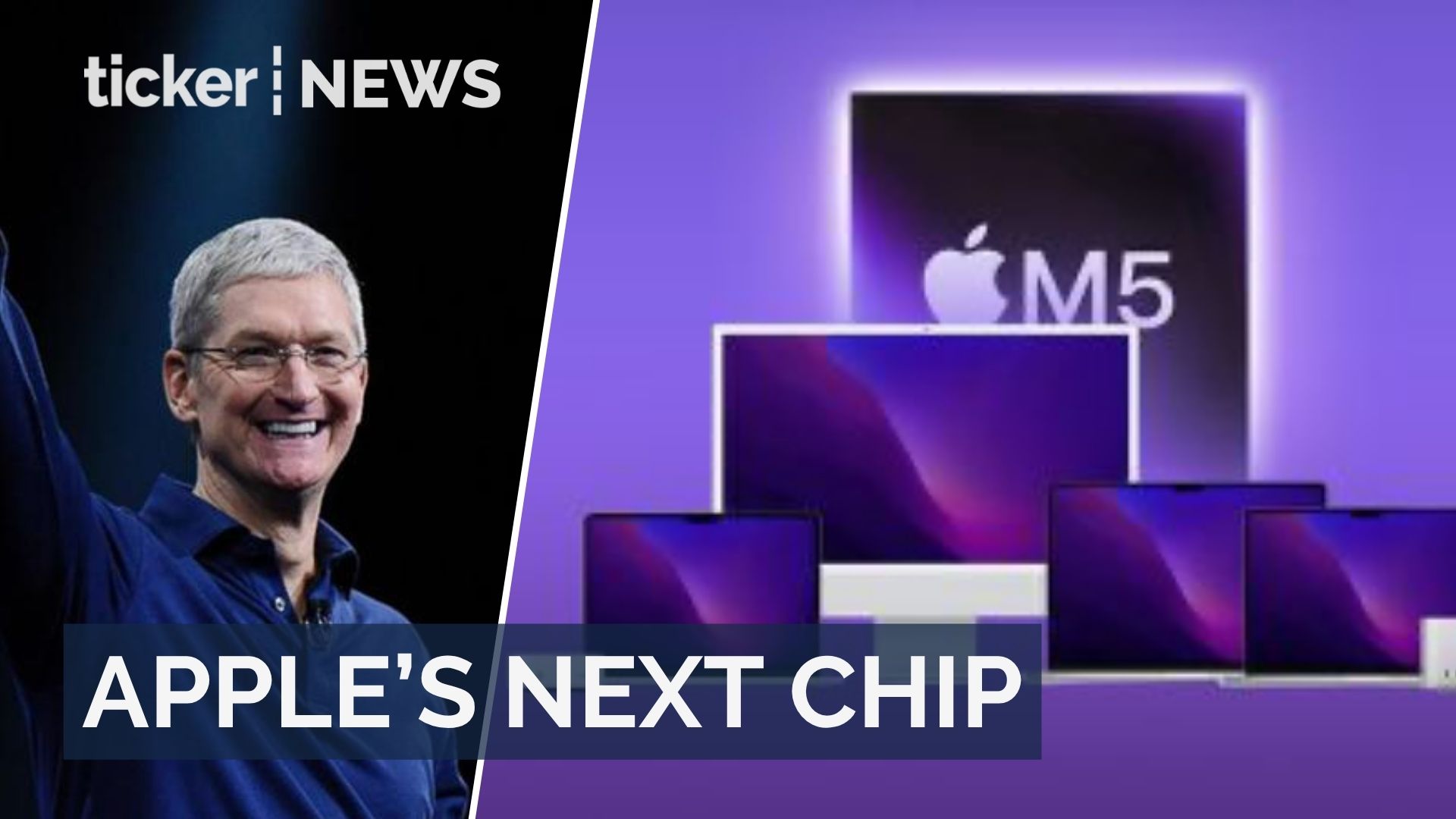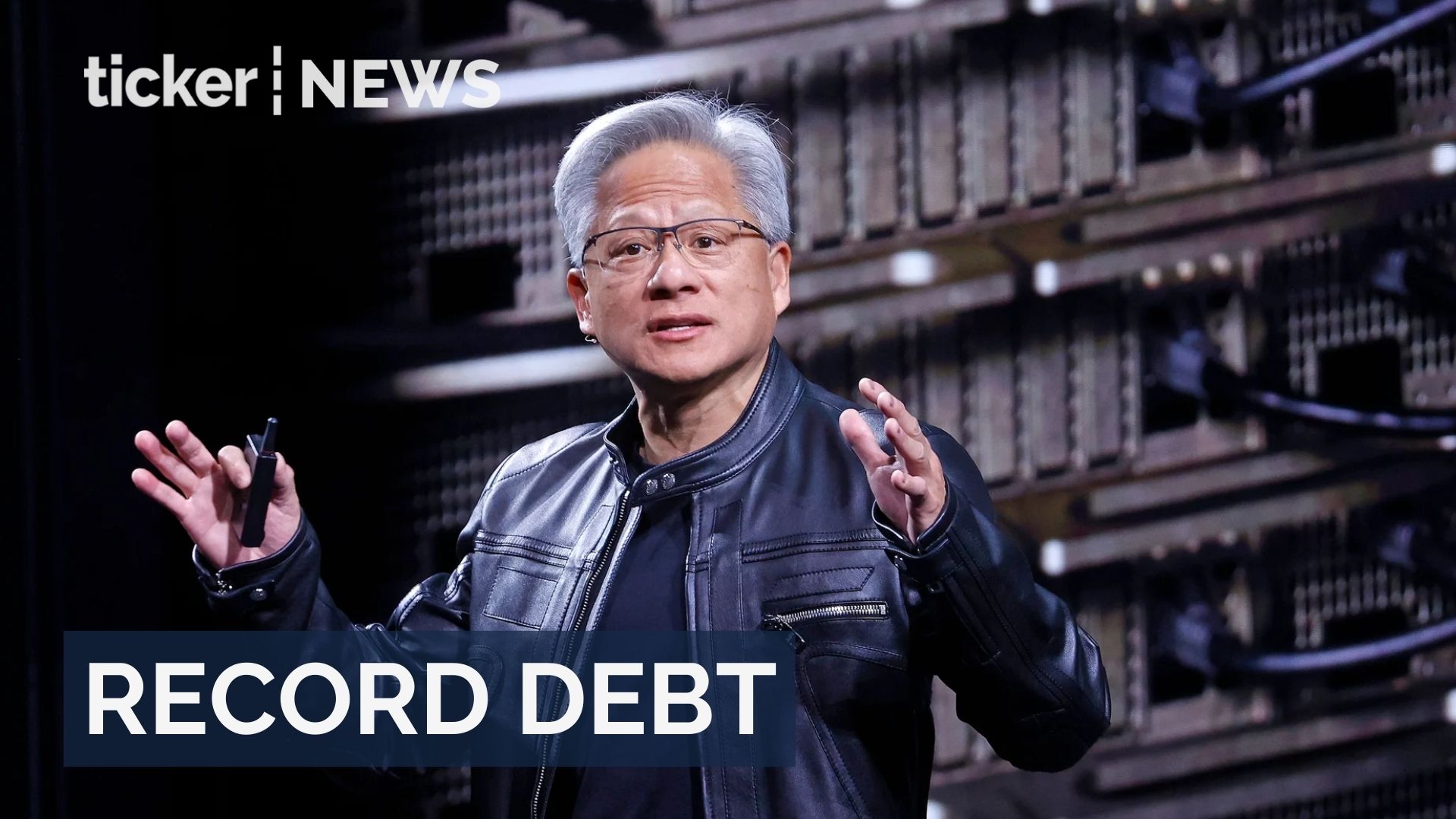Tech
Apple unveils new M5-powered MacBook Pro and iPad Pro
Apple unveils new MacBook Pro, iPad Pro, and Vision Pro powered by M5 chip for enhanced performance and efficiency


Tech
China blocks ByteDance from using Nvidia chips in new data centres
China blocks ByteDance from using Nvidia chips, tightening tech control and pushing for domestic AI innovation amid U.S. restrictions.
Tech
OpenAI launches shopping research tool for ChatGPT users
OpenAI launches shopping research tool to enhance e-commerce experience ahead of holiday season spending boost
Tech
Big Tech’s record debt fuels AI infrastructure concerns
Big Tech raises over $120 billion in debt to fund AI infrastructure amidst market instability concerns
-



 News4 days ago
News4 days agoCanva overtakes Atlassian as Australia’s top tech giant
-



 Tech3 days ago
Tech3 days agoOpenAI launches shopping research tool for ChatGPT users
-



 News2 days ago
News2 days agoxAI’s $15 billion raise, deadline pressure and Grokipedia launch
-



 Shows5 days ago
Shows5 days agoMeet the fantastic four conquering Shanghai’s business landscape
-



 News3 days ago
News3 days agoS&P 500 and Nasdaq rally on Alphabet’s AI boost
-



 News4 days ago
News4 days agoTrump pushes Zelenskyy to accept controversial Ukraine peace deal
-



 News2 days ago
News2 days agoU.S. retail sales slowdown sparks new fears ahead of Fed decision
-



 News2 days ago
News2 days agoRBA holds rates as investors shift from property to stocks










